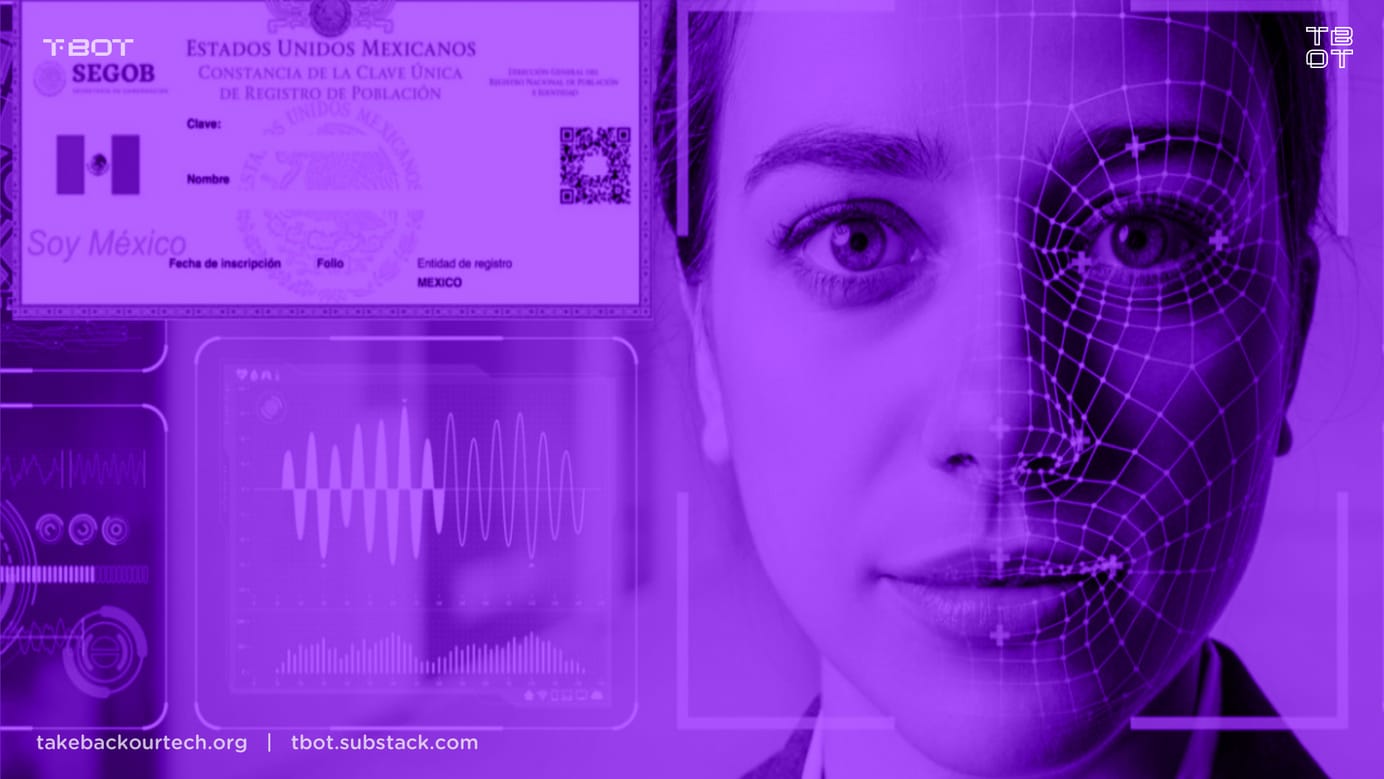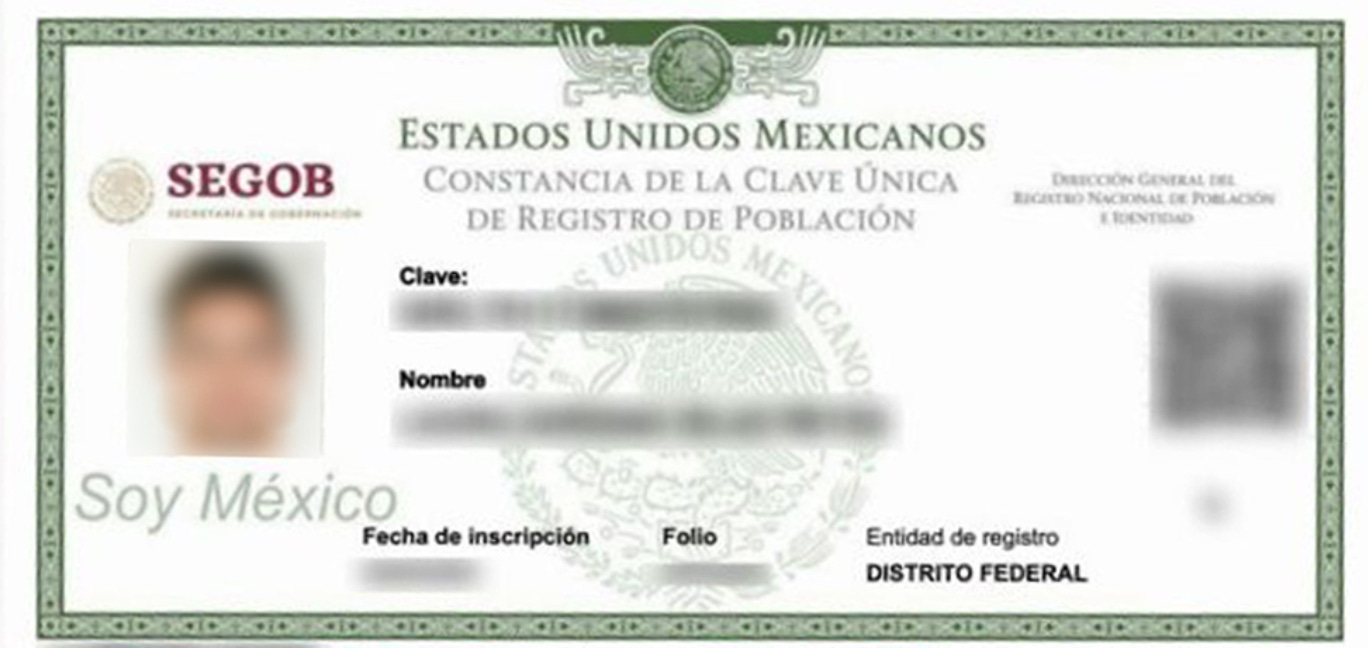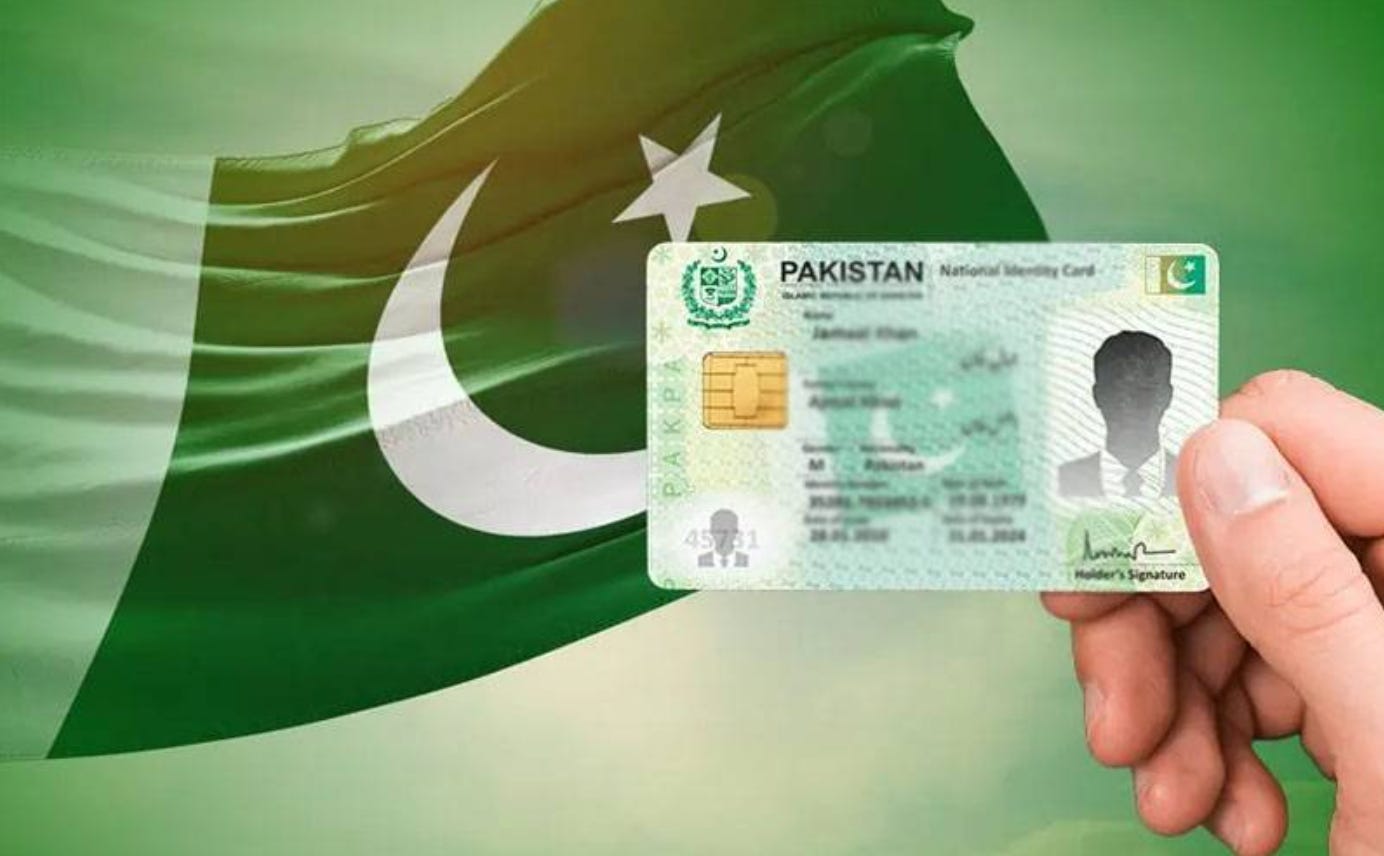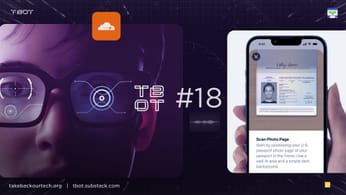
Mexico’s Biometric ID: Oh Crap, its the Cuerpo
Mexico is thought to be a decades behind when it comes to technology. Its a country that runs on cash, and private minded people like that you can buy SIMs with cash without giving information.
Mexico is thought to be a decades behind when it comes to technology. Its a country that runs on cash, and private minded people like that you can buy SIMs with cash without giving information.
But that might change quickly. The Mexican Government just signed the Biometric CURP law, where CURP stands for Clave Unica de Registro de Poblacion, or Unique ID for Population Registration.

This number is usually referred to as the Cuerpo in Mexico, and is the number you get when applying for residency. Having known people who have gone through the residency process in the past few years, they have you submit your fingerprints, scan your irises, and take a photo.
With this bill we now see their true intention, to tie all of that information to a Digital ID.
The information will include:
- Fingerprints from all 10 fingers
- Iris of both eyes
- Electronic signature
- Photograph
The government says they’re doing this to help track down missing persons, the obvious questions is how a biometric system would help people who never enrolled into the system in the first place.
The implemention of the Cuerpo comes in three phases:
- Pilot program in Veracruz
- Then in Mexico City and the State of Mexico
- In February 2026, the ID will become mandatory nationwide
From this point onwards it will become required for things like:
- Renewing voter ID
- School regsitrations
- Social program enrollment
- Obtaining a passport
The law also promises million peso fines, equivalent to about $50,000 USD. Not against residents, but federal authorities who failuyre to comply with the enforcement of the Cuerpo. This looks like a precautionary measure against local corruption of police and government officials who might take bribes.
In other words, Mexico is ensuring compliance by making it risky for officials trying to skirt the rules.
So what happens February onwards? Its likely that purchasing important services like utilities and cellular service will require using Cuerpo.
One can look to countries with more developed Digital ID program, such as Pakistans National Identity Card, which became digital in 2001 as the CNIC (Computerized)
These cards are needed for social services like opening a bank account, getting a SIM card, registering a vehicle, getting utilities, education, employment, and healthcare.
Basically everything one would need to have a life. In 2022, NADRA the National Database and Registration Authority has issued 120 million CNICs to 96% of the adults in Pakistan.

Social groups pretend like those living without Digital ID are cut out from society. They’re the ones who are actually free.
There are still millions of Pakistnai refugees from Afghanistan and Bangladesh who have still not registered with the government. Good for them.
It shows its possible to live outside of a Digital ID system.
This story could be the scariest thing you read today, or the most uplifting. It depends on how you look at it. On one hand, a Digital ID system walls off the pillars of society. In the other, people outside the system have an opportunity to build better systems of health, education, and commerce that don’t demand your identity.
👩💻 Get private phones, laptops, and tablets
📲 Learn more on our webinars
Take Back Our Tech Newsletter
Join the newsletter to receive the latest updates in your inbox.





